Akwa-Ibom is one of the must-visit states in Nigeria. It’s one of the blessed states in terms of tourism and hospitality and everyone deserves a taste of it.
Hello Alarinka,
Welcome to another episode of travel gist with Toke.
Akwa-Ibom was part of my final leg destinations in the completion of my mission to visit all 36states in Nigeria and the state was everything and more than I could have ever imagined it to be.
I journeyed with God is Good Motors (GIGM) to Uyo, one of the best and reliable transportation in Nigeria. It took about 15hours to get to Uyo from Lagos.
On getting to Uyo on my first night, my beautiful host whom I met on Instagram @thewantor welcomed me into the city with Fufu and okra(spelt as pronounced ) with Orisirisi( I mean assorted) with cold water. What a good way to be welcomed into the promised land.
The next morning, Wanny woke me up early to share with me our itinerary for the day and how early we needed to leave the house. She knows the nooks and crannies of the state that I didn’t have the need to bother myself of creating my own itinerary.
When she said we will be exploring Ikot-Abasi first, I knew better not to question her judgment. All I did was get ready and look pretty.
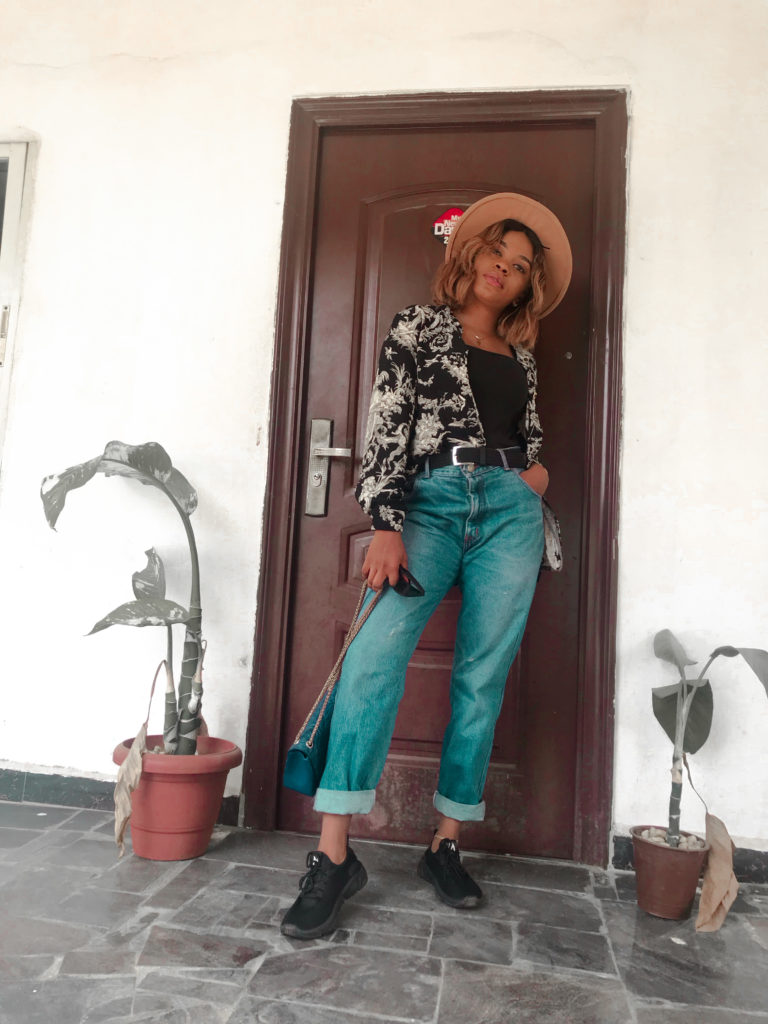
Around 9.am we journeyed from Uyo city to Ikot Abasi which is another local government in Akwa-Ibom, it was approximately 2 hours drive from Ekaniman to Ikot-Abasi.
The transportation cost N800 per person and it’s a 6passenger car I:e 2 in the front and 4 at the back, it was quite discomforting that myself and Wanny had to plead to get the front seat so we could at least be comfortable since we are both lepacious.
On getting to Ikot-Abasi we were first being harassed by a police officer for nothing sake. When we asked, he said my tripod stand look like a gun and he thought we are part of the people protesting in the city. I laughed in German hahahhahahaha ; tripod look like a gun, you must be kidding me. After wasting few of our time, we asked to be dismissed because clearly he can see we were only visiting and had nothing to do with protest.
Wantor being the angel that she is, has arranged her regular bike man in the city. He took us around the city one attractions to another. There are a lot of places to see in Ikot Abasi and I understood why it was her first call.
IKOT ABASI
Ikot Abasi, also called Opobo, formerly Egwanga, port town, Akwa Ibom state, southern Nigeria. The town lies near the mouth of the Imo (Opobo) River. Situated at a break in the mangrove swamps and rain forest of the eastern Niger delta, it served in the 19th century as a collecting point for slaves.
Our first point of visit was the Women war Memorial. On our arrival, the facilities guard wasn’t on seat but the museum was opened except the galley. We waited for a while and at the point of giving up, there he was in his short and round neck T-shirt.

It would have been a sad story if I had missed seeing that, the gallery was really small but displayed pictures and names of the women that led the protest and those that died during the war.
I love how well managed and clean the museum was and the fact that you can read the inscriptions on the wall and take your time without being rushed by a guide is a blessing.
Entrance Fee to the gallery cost; N500 and cameras are not allowed.
A little story about the Aba Women’s Riot also know as the Women’s war.

History has it that
The Women’s War, or Aba Women’s Riots
The protests The Aba Women’s Riots of 1929 broke out when thousands of Igbo women from the Bende District, Umuahia and other places in eastern Nigeria traveled to the town of Oloko to protest against the Warrant Chiefs, whom they accused of restricting the role of women in the government. The Aba Women’s Riots of 1929, as it was named in British colonial records, is more aptly considered a strategically executed anti-colonial revolt organised by women to redress social, political and economic grievances. The protest encompassed women from six ethnic groups (Ibibio, Andoni, Orgoni, Bonny, Opobo, and Igbo).It was organised and led by the rural women of Owerri and Calabar provinces. During the events, many Warrant Chiefs were forced to resign and 16 Native Courts were attacked, most of which were destroyed. It was the first major anti-colonial revolt by women in West Africa. In 1930 the colonial government abolished the system of warrant chieftains, and appointed women to the Native Court system. These reforms were built upon by the African women and have been seen as a prelude to the emergence of mass African anti-colonial nationalism.
Aba Women’s Riots of 1929, as it was named in British colonial records, is more aptly considered a strategically executed anti-colonial revolt organised by women to redress social, political and economic grievances.
The wars was led by these women Connie, Nwannedia, Nwugo
It was recorded that 10,000 women protested and 55 of them were killed.
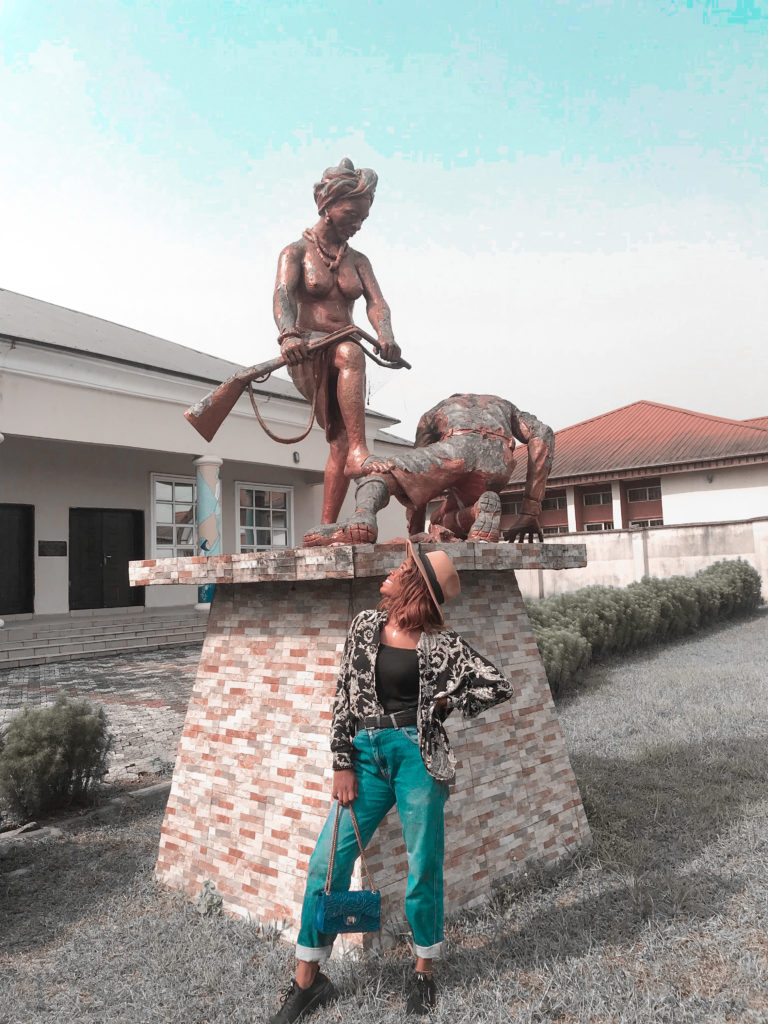
Just a mile away from the Museum was the Amalgamation house also referred to as Lord Fedrick Lugard’s Office. It dens my heart how we let our history rotten to the ground because of Negligence .
The Amalgamation House;
History has it that;
The amalgamation House is the building where Lord Lugard declared the amalgamation of the Northern and Southern Protectorates of the then Nigeria in 1914. His wife, Flora Shaw eventually gave the country the name Nigeria. The declaration subsequently created the present-day Nigeria. The building also hosted the General Olusegun Obasanjo who was the former commanding officer for the Nigerian Army and General Phillip Effiong of the Biafran Army, where they both signed the declaration of cease-fire that put an end to the Nigerian civil war in January 1970. The building is a typical home or office of the late 19th century and the early 21st century British. The corridor is wide and inside the building in an office is a profile of Lord Lugard up til how he amalgamated the country.
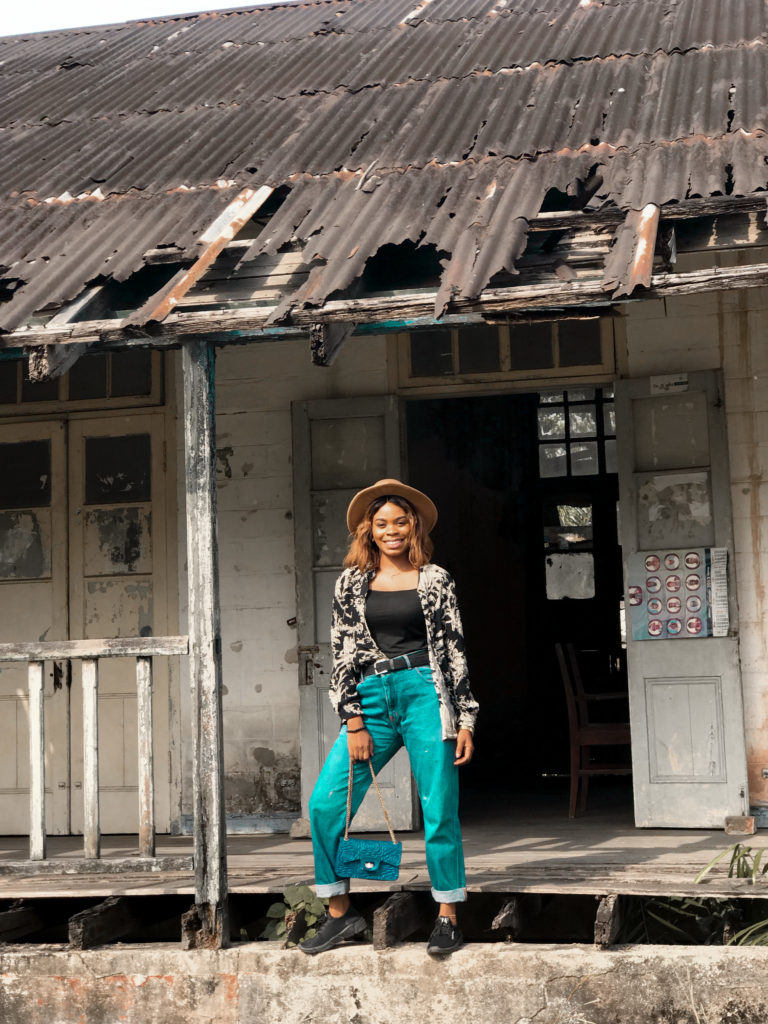
His wife, Flora Shaw eventually gave the country the name Nigeria. The declaration subsequently created the present-day Nigeria.
Right in the the neglected building was; Lord’s Lugard typewriter, his cabinets, desks and chair, his radio transmitter and Nigeria flag. Also some picture frames.
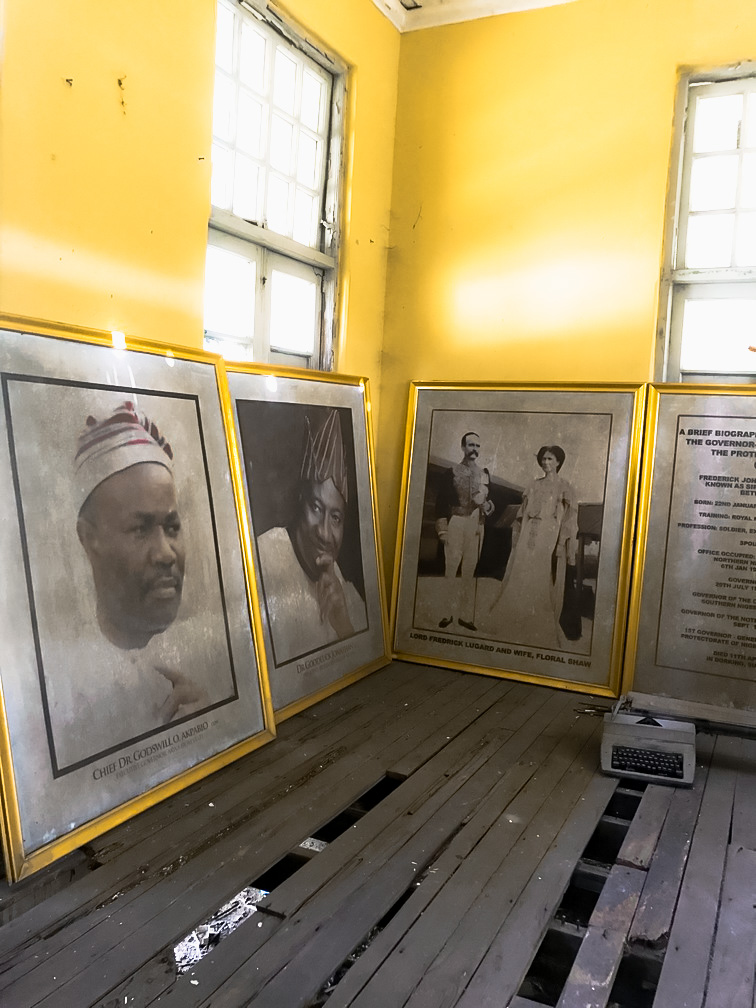

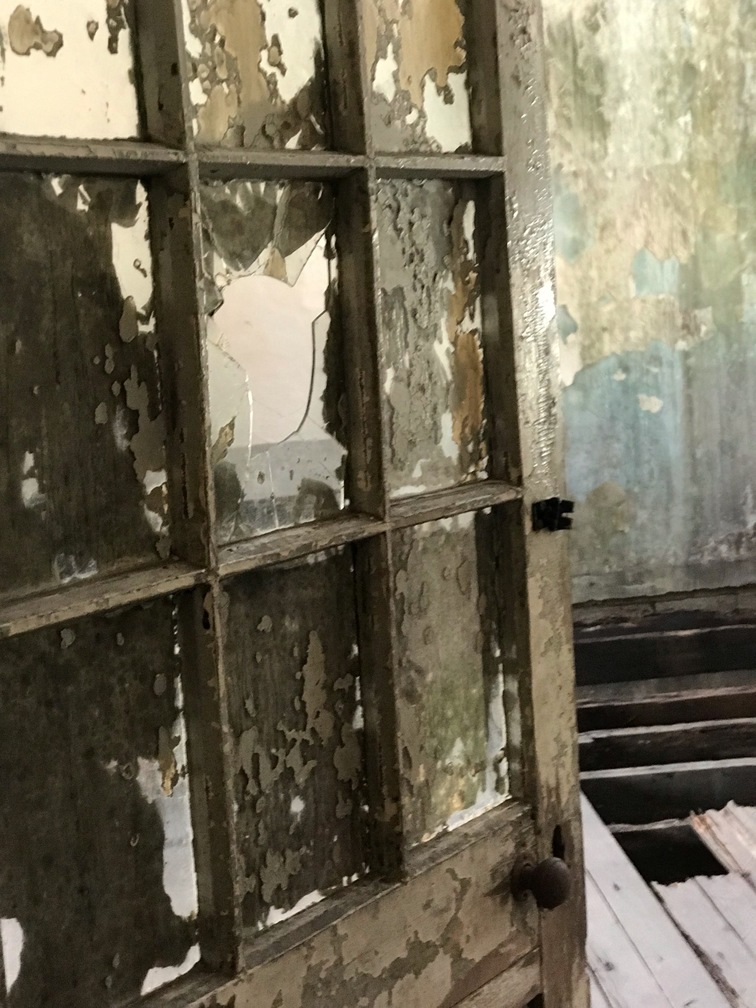
Adjacent the Amalgamation house was Lord’s Lugard house. It is now being occupied by the locals of the community, hence why we couldn’t go up into the room to see what it looked like, but It was a really beautiful old architectural design from the outside.
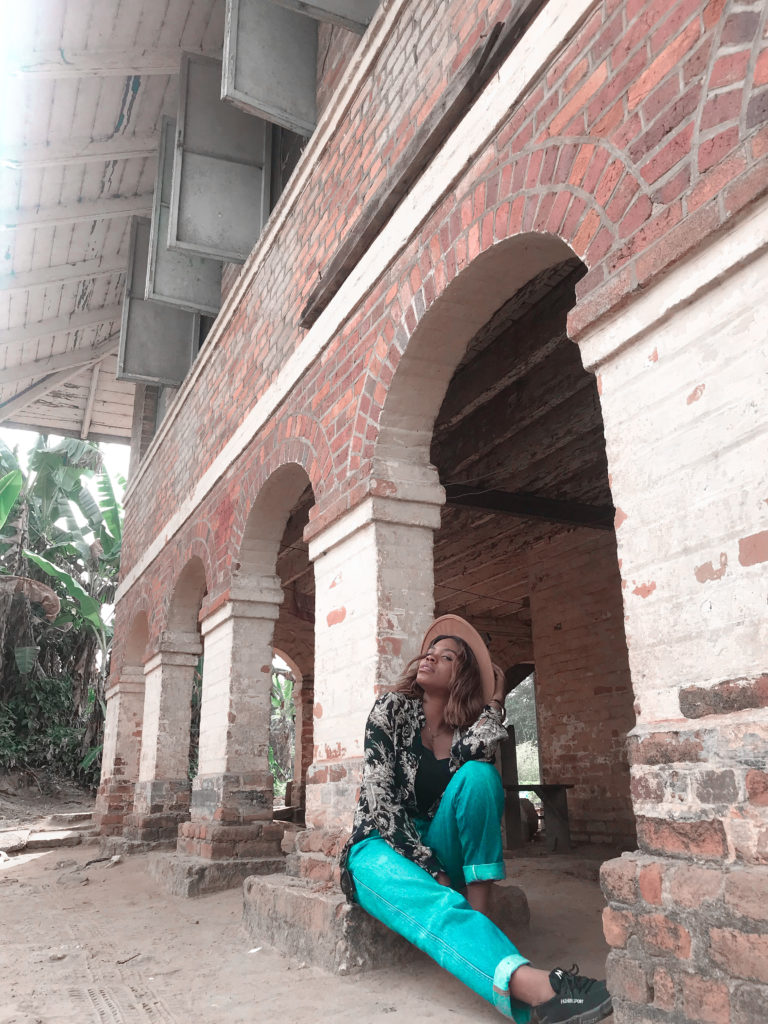

At this point, we had released our bike man to go rest while we walked around the community to see the rest of the attractions that were in the same axis. A stone throw from Lord Lugard’s house was the Mock Grave in remembrance of the Women who fought the 1929 war. To me, I feel that is so thoughtful of whoever brought up that idea. It was a mock grave painted in the colours of Nigeria Flag (Green and white) and it is well kept.
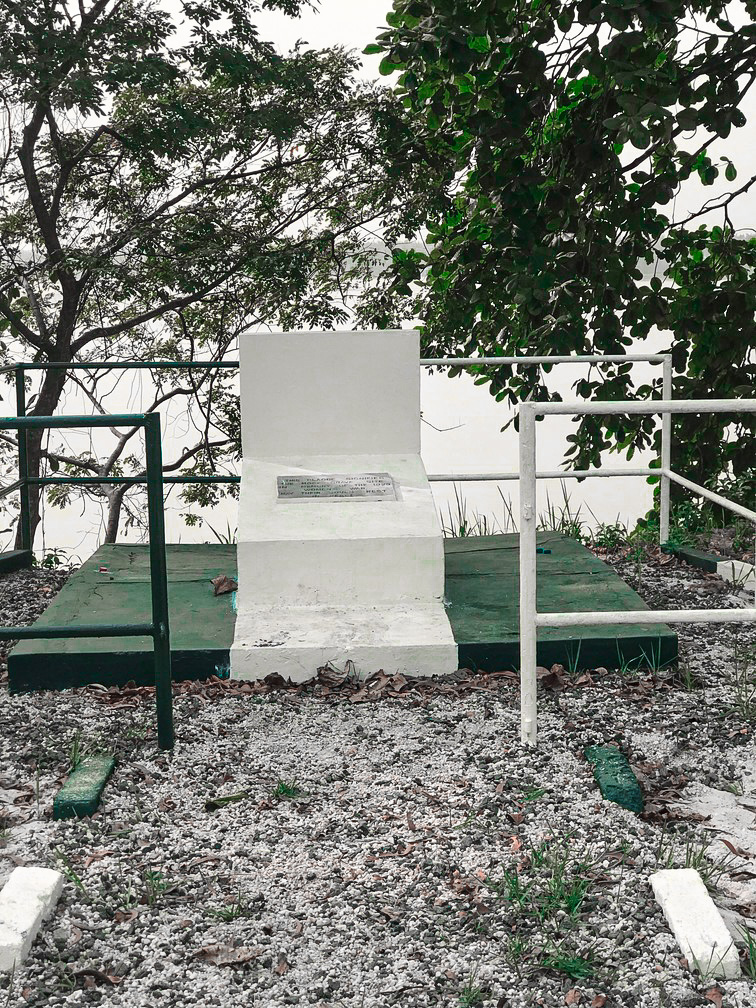

The Point of No Return; I’m sure we’ve all heard the slave trade story over and over again and it was no surprise to see that Akwa-Ibom had her own story of the effect of the trans-Atlantic Slave trade. The good news is; We are no longer slaves. Therefore; we were not held captive by anyone.
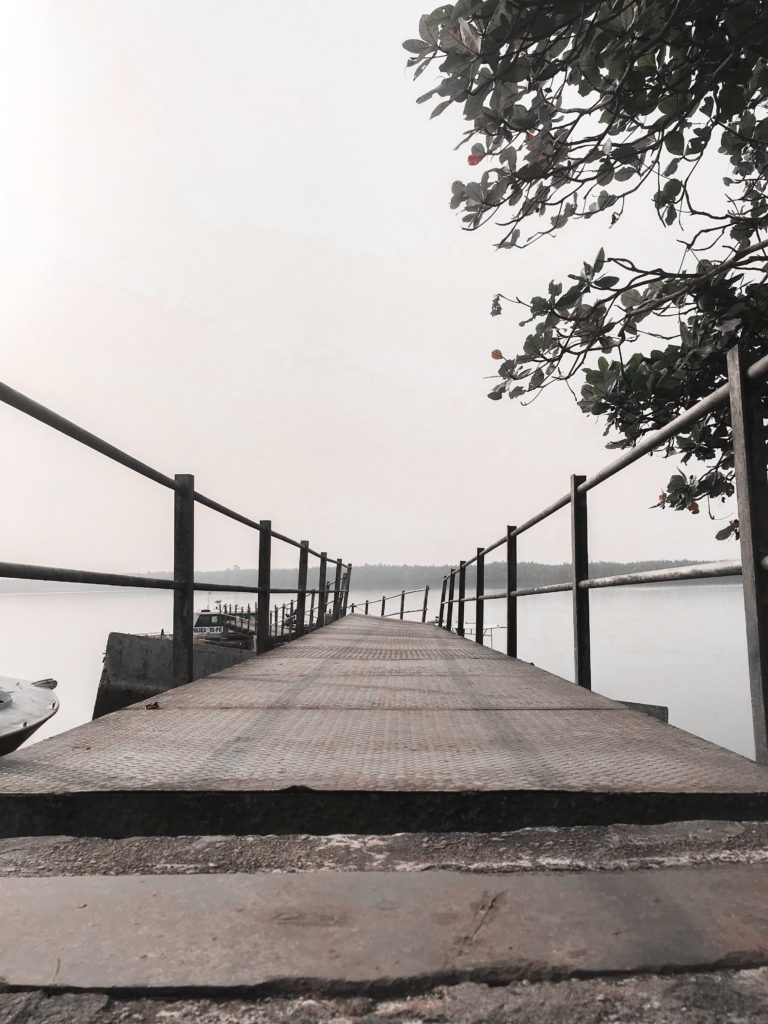

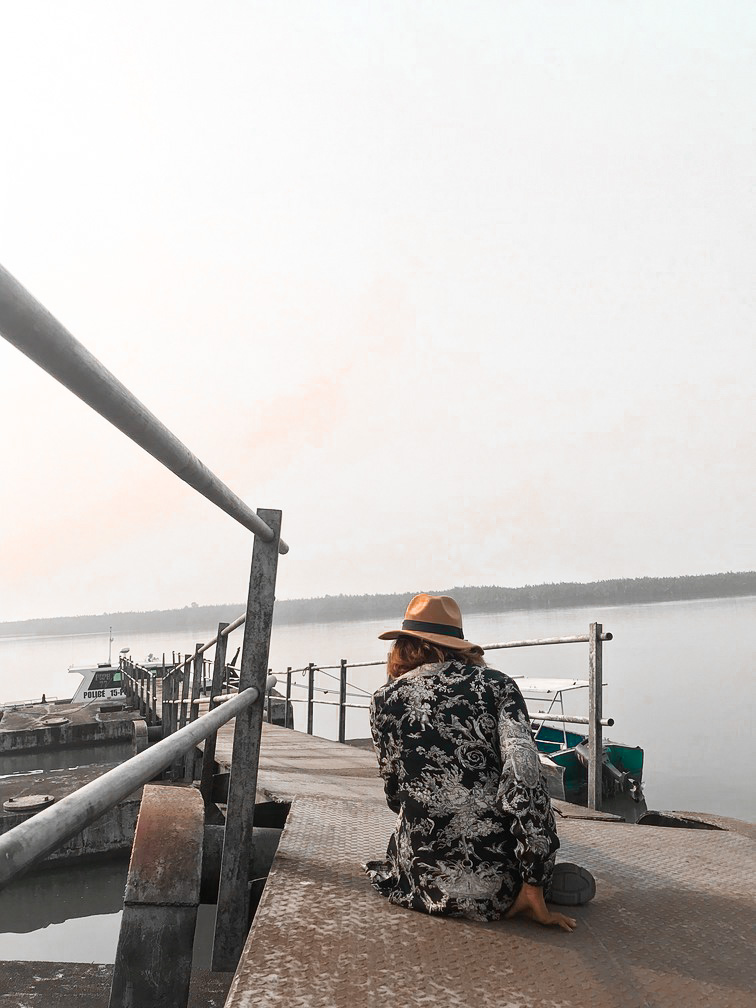
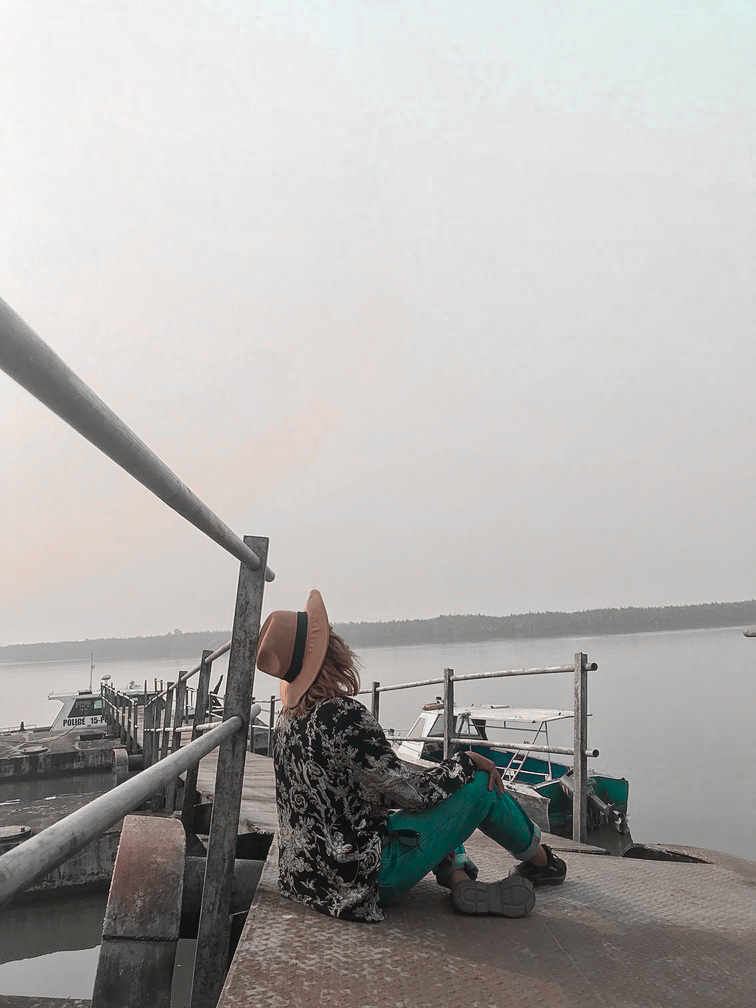
SAY NO TO SLAVERY
One of my best spot in Ikot-Abasi would be the German bridge. it’s a picturesque destination and I can say I had the best of the best pictures from this destionation
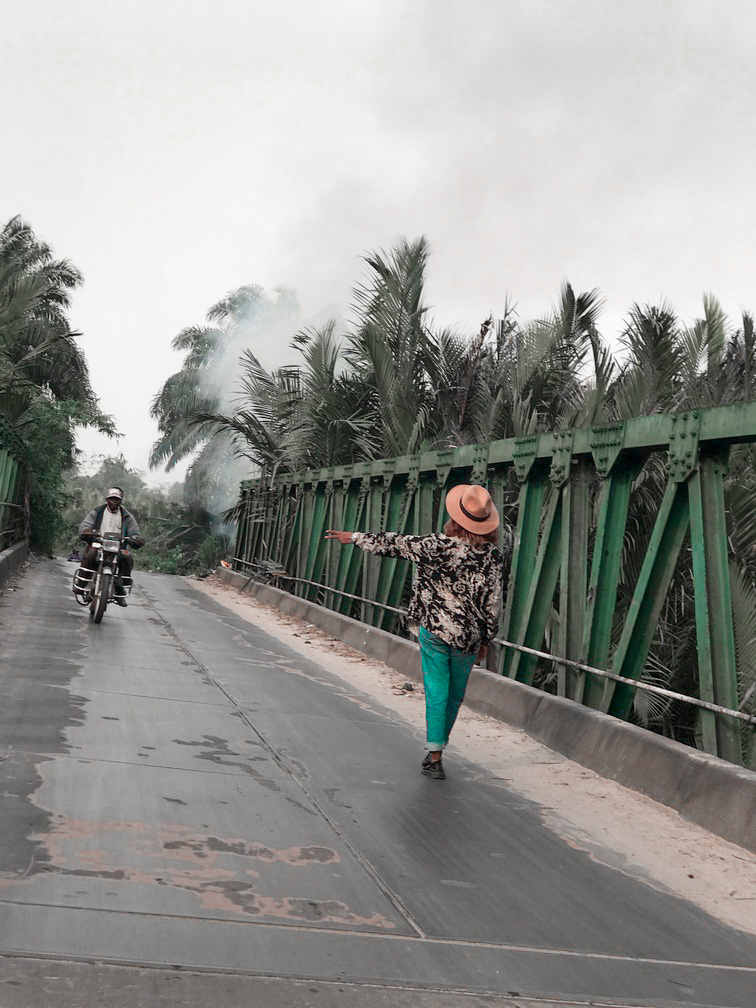
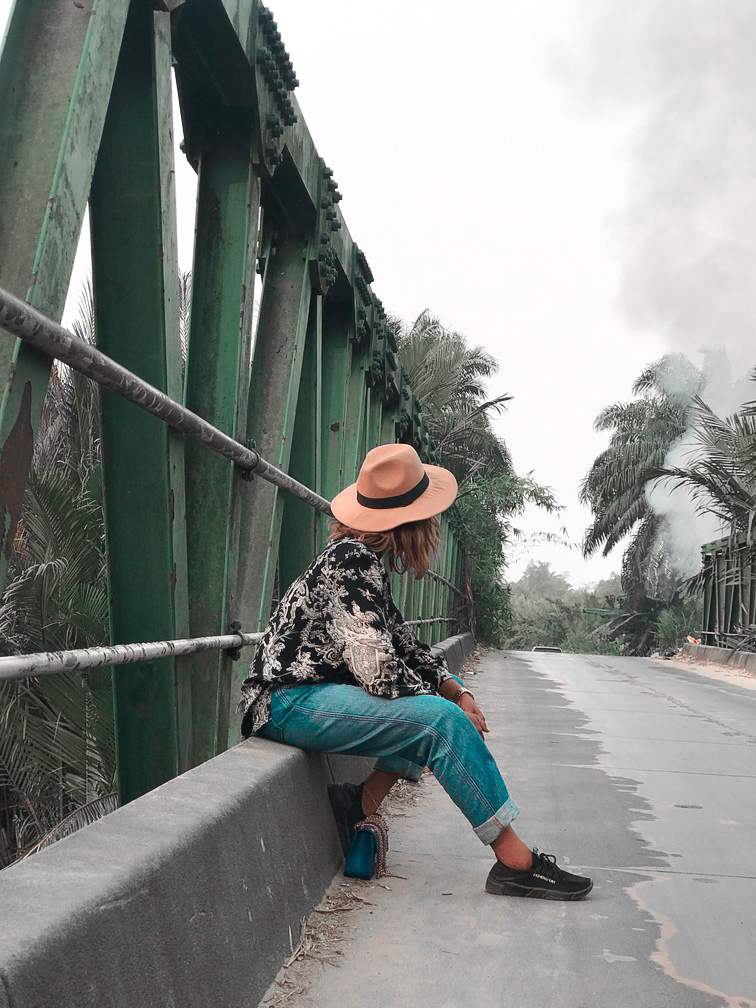
The last but not the least destination In Ikot-Abasi is Uta-Ewa Beach popular known as the crayfish market. The place was the highlight of my visit to Ikot. The people were so full of lives, welcoming and entertaining. I laughed till my cheeks hurt and eyes almost filled with tears.



We were taught how to smoke crayfish and some even offered us some crayfish to take home, but we couldn’t wait till the crayfish was dried.
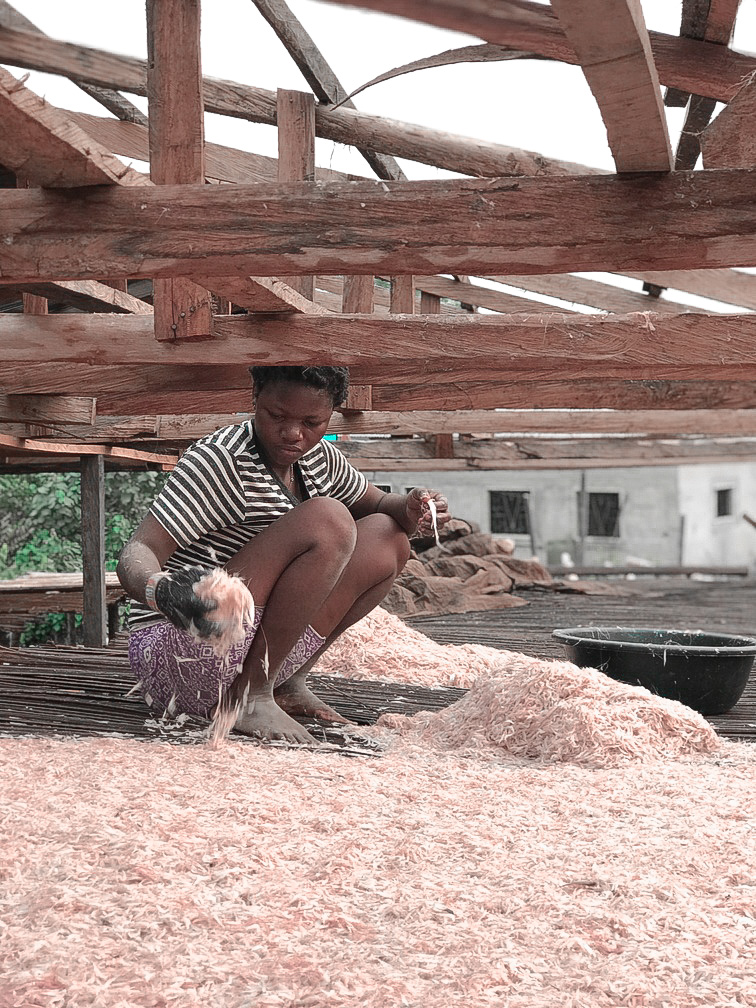
Things to know before exploring Ikot-Abasi
- It’s a two hours drive from Uyo which Ian the capital of Akwa-Ibom
- Most of the attractions are accessible with zero entrance fee except Women war memorial museum.
- There are no tour-guides at almost all the attractions. If you need someone knowledgeable about these destinations you can reach out to @thewantor on Instagram.
That’s it guys on Exploring Ikot-Abasi in Akwa-ibom, there are more places to explore in Akwa-Ibom and I will be sharing top places to visit in Uyo on my next post.
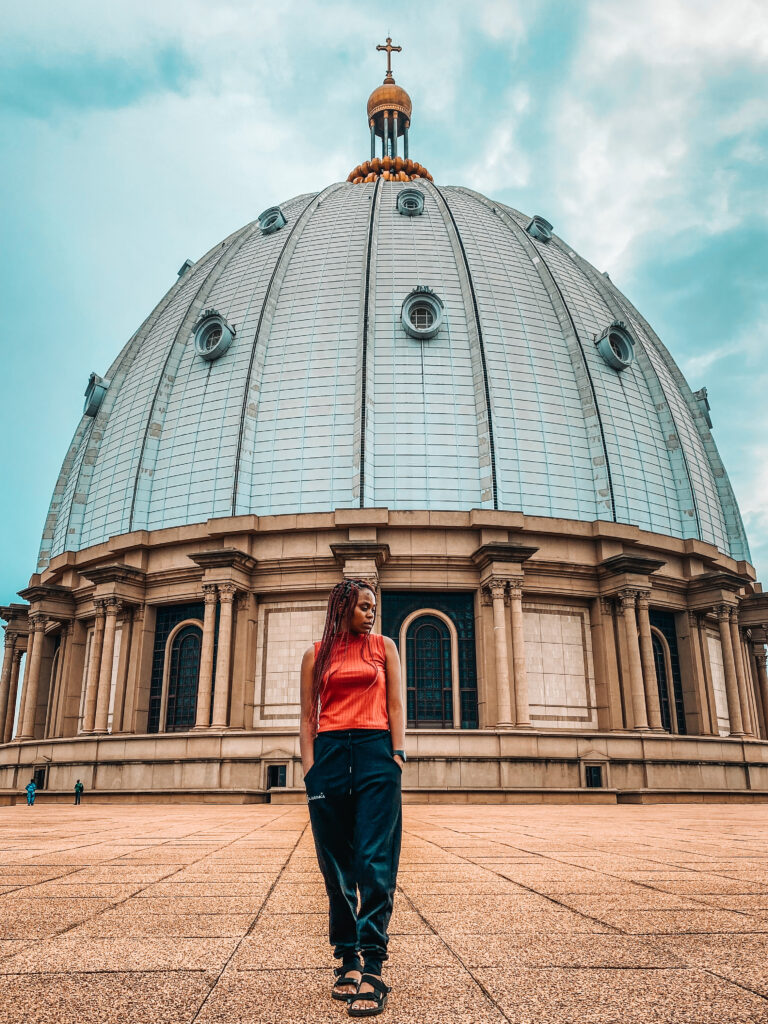

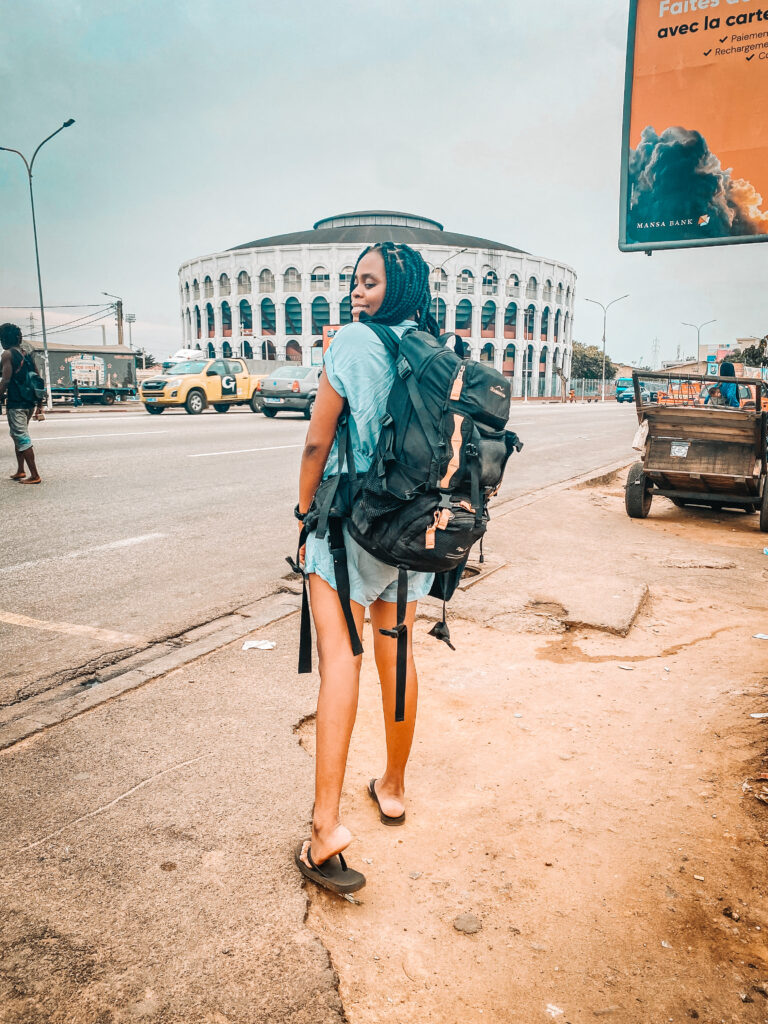

Nice Job going through this write up brought brought back so much memories of my country home history indeed is powerful.
I once served as Honorable supervisor health Ikot Abasi LGA can’t forget the annual laying of wrights to our heroines.ikot Abasi is a tourist center indeed but we seriously need the help of government.